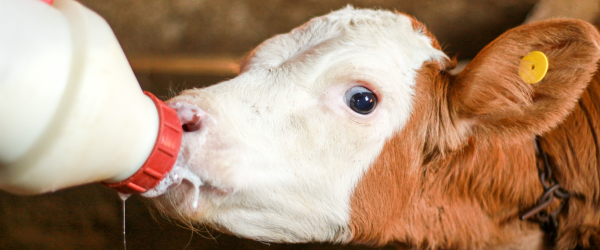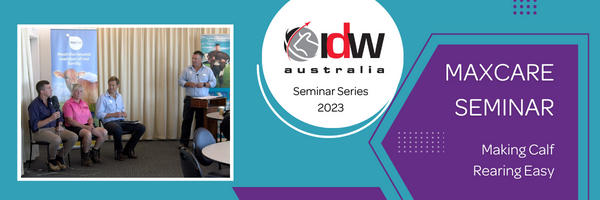Without a doubt, dealing with scouring calves is the biggest challenge for the calf rearer, and the biggest threat to calf survival. Understanding the causes of neonatal diarrhoea (scours) is important, so that appropriate prevention and treatment can be instigated.
What are the main causes of early scours?
- Is there something wrong with the immune system of the calf?
- Is there something wrong with the milk powder, liquid milk or water supply?
- Is there something wrong with the meal?
- Are there any infectious agents (bacteria, viruses and protozoa) present?
- Is there something wrong with the housing, ventilation and drainage from the barn?
- What role does the presence of rodents, birds, dogs and staff have in the spreading of the problem?
- Could your management /husbandry systems be at fault?
So many questions, but what are the important points and how do you diagnose them?
Firstly, if the calf has received sufficient colostrum within the first 12 hours of birth, their immune system is fully functional from birth and the calf will be well protected from major infectious agents.
There are 2 major causes of scours:
- Nutritional
- Infections
Whichever one is the cause; the calf will be more vulnerable to the other.
Nutritional causes of calf scours
- Cold milk feeding (slowing the curding of milk?)
- Gorging and overfeeding – no control over the volume, poor quality worn teats, non-compartmentalised feeders, poor tubing and non-return valves or group pens could be too big.
- Poor milk quality (colostrum or cows’ milk) – contaminated or not stirred?
- Improper mixing rates of calf milk replacers – the temperature of mixing, the concentration of the mix, or when mixed with other milk products.
All these are easily recognised and/but must be corrected.
Infectious causes of calf scours
As NZ calves are not reared in a sterile environment, the list of potential pathogens is long.
Here are the common pathogens in an approximate order of frequency, severity, age of the calf and the likely source of infection:
| Pathogen | Source of infection |
| Cryptosporidium** | Calves, cows, water and transport |
| Rotavirus ** | calves, cows and transport |
| Salmonella ** | calves, cows, transport, water, rodents and birds |
| Campylobacter** | calves, cows, water, and birds |
| Yersinia | calves, cows, transport, and stress |
| Coccidiosis | calves cows, faeces and mud, drains and swamps |
** TAKE CARE OF ZOONOSES: these are infections that can be directly spread from animals to people, ie the diseases are all transmittable to staff, children and dogs. Keep children out of the calf pens.
The above infections can be found together as mixed infections – making the scour worse.
4 ways to differentiate between a nutritional and/or infectious cause:
- Carefully check your feed management for a nutritional cause.
- A clinical digital thermometer is a must-have diagnostic tool (costing about $18). A calf with a nutritional scour will have a normal temperature, whereas the infectious causes will often show elevated temperatures, especially early in the disease. The normal temperature of a calf is 38.0 – 39.3ºC.
Note: The normal temperature of a calf will vary with ambient temperature, so take care. The best thing to do is measure the temperature of the sick calf, and then compare it with a healthy pen mate. Any temperature above 39.3ºC is highly diagnostic. - Take faecal samples to confirm a diagnosis. The pooling of say 4 samples is a useful way to save laboratory costs – consult your vet. The turnaround for tests is usually only about 24 hours, then you will know what you are dealing with.
- Post-mortems – these are very useful and again often very diagnostic. This is money well spent especially if you are dealing with an acute scouring problem involving many calves. Consult your vet – it could save you a lot of money.
Original article sourced from https://www.agrivantage.co.nz




